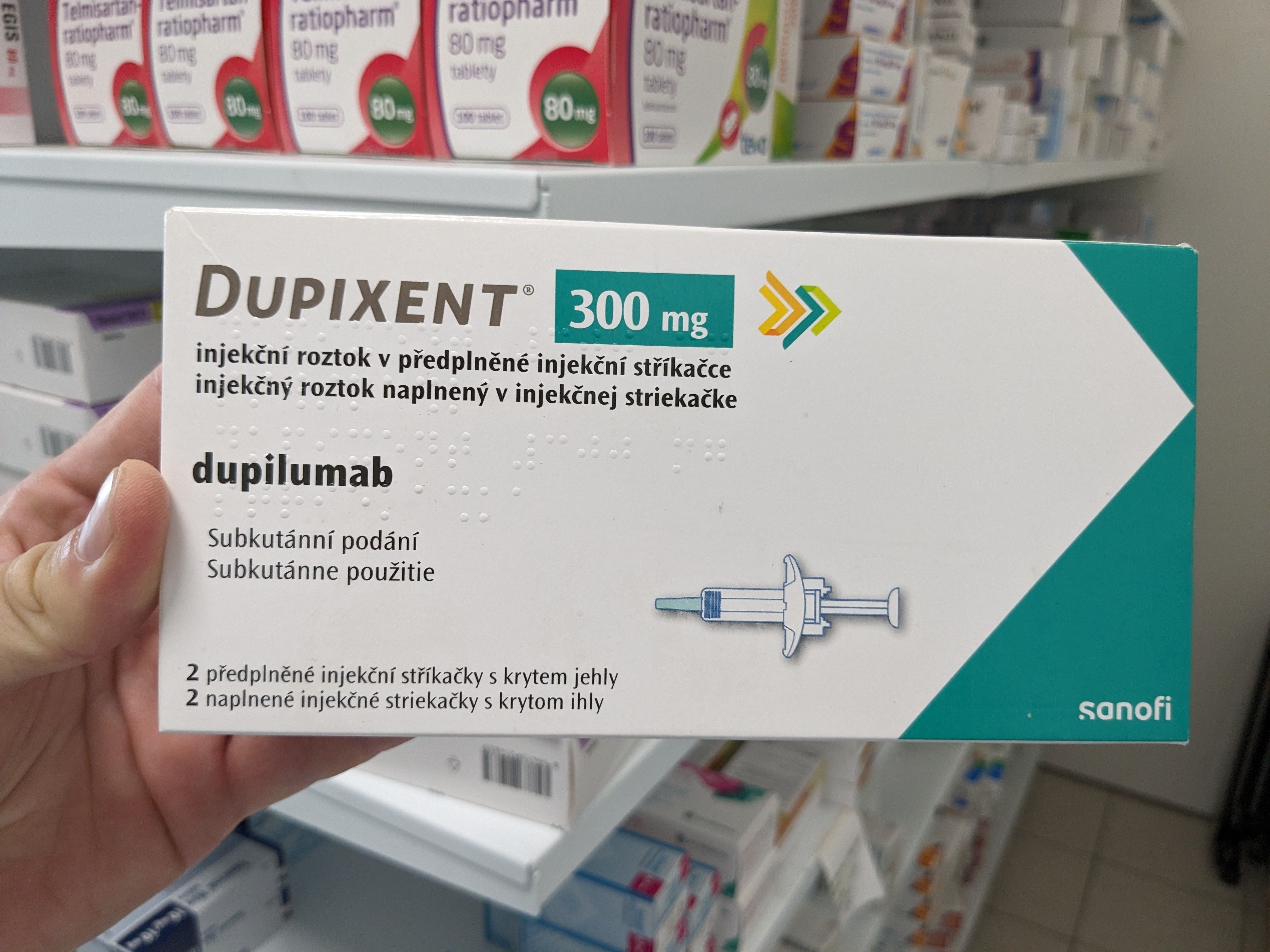Article
Health Center Week Celebrated With HHS Grant As FQHC Staff Report Workplace Woes
Author(s):
As HHS celebrates National Health Center Week by announcing $105 million in grants for quality improvement, a study indicates that practice transformation may be taking a toll on satisfaction among clinicians and staff at some federally qualified health centers.
As National Health Center Week is celebrated at community events nationwide, HHS has announced it will award over $100 million in grants to help these centers invest in improvements. Two weeks prior, a study had indicated that staff and clinicians at some federally qualified health centers (FQHCs) reported worsening dissatisfaction with their work environment.
According to its website, National Health Center Week has been observed for over 30 years as an opportunity for patients and policy makers to appreciate the value of health centers in communities and how their “unique model of care is offering solutions to the nation’s health care crisis.” Local events listed on the site include 5K race fundraisers, immunization clinics, and back-to-school health fairs, among other outreach events.
The theme for 2017, “Celebrating America’s Health Centers: The Key to Healthier Communities,” highlights how health centers not only improve the health of the 1 in 12 Americans who rely on them for care, but also sustain communities’ economic health by providing job opportunities. Starting this year, organizers have added Focus Days, ranging from Health Screenings Day to Healthcare for the Homeless Day to Agricultural Worker Health Day.
At the start of the week, HHS’ Health Resources and Services Administration (HRSA), which funds the nearly 1400 health centers caring for 26 million Americans, issued a statement praising health centers’ work in improving community health. It was followed by the announcement one day later that HHS had issued nearly $105 million in grants to help health centers invest in quality improvement efforts, including patient-centered medical home (PCMH) recognition.
“Quality care remains a critical trait of the Health Center Program, especially because health centers are treating more patients than ever before,” said George Sigounas, PhD, MS, administrator of HRSA, in the grant announcement.
However, a recent study indicates that the quality improvement activities and other reimbursement-linked transformations may be taking a toll on job satisfaction among clinicians and staff at safety-net FQHCs participating in CMS’ Advanced Primary Care Practice Demonstration. The demonstration requires participating sites to achieve level 3 PCMH recognition within 3 years.
Published in Health Affairs this month, the study compared survey responses collected at 2 time points during the CMS demonstration. They found that overall job satisfaction decreased from 84.2% in the early wave to 74.4% in the later wave, while burnout rates jumped from 23.0% to 31.5% and the rates of participants predicting they would likely leave their practice within 2 years increased from 29.3% to 38.2%.
Specific measures of workplace environment also worsened over time, most significantly the proportion of participants reporting a hectic or chaotic environment in their practice, which increased from 31.6% to 40.1% over the study period. Respondents indicated that 12 of the 13 measures of practice culture included in the survey had worsened, particularly those of teamwork and facilitative leadership.
Although the study could not determine the exact causes of these deteriorations in satisfaction, work environment, and practice culture, the researchers suggested that heightened pressure from technology adoption and PCMH transformation could have contributed to these trends.
In the face of “new legislative and regulatory activity, policy makers should consider further study of how these forces could affect primary care working conditions—especially in FQHCs and other safety-net clinics,” the study authors concluded.
While HRSA’s initial statement on Health Center Week thanked the “hardworking and dedicated” care providers for making a difference in their communities, its announcement of the grants did not discuss how the extra funding could be used to alleviate the burden on clinicians and staff as they continue their quality improvement efforts.

Dupilumab Treatment for Patients With CSU: Insights From Jason Hawkes, MD, MS



